The 6.7" iPhone 14 Max may also be released with slow 60Hz display specs
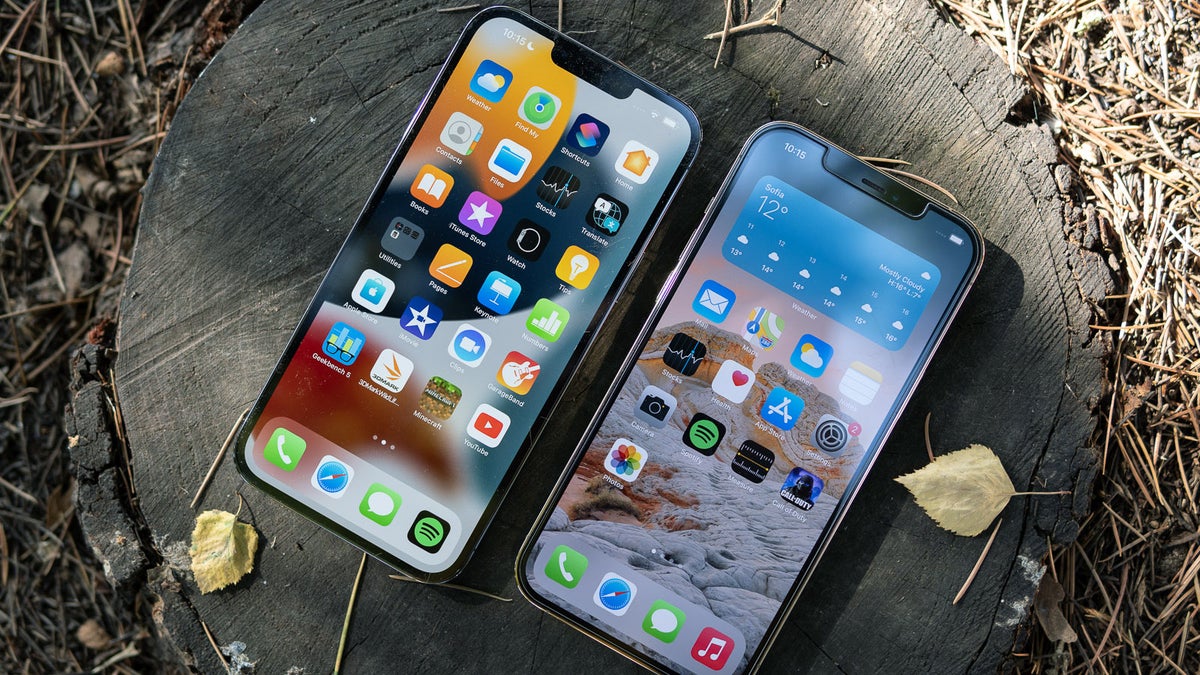
Tucked in a Korean media report about a 2022 market share reshuffle of the iPhone OLED display makers, is a warning that the big iPhone 14 Max may sport a slow 60Hz refresh rate display just like the iPhone 14.
First, a bit of a primer. According to several reputable Apple analysts like Ming-Chi Kuo or Mark Gurman, Apple is expected to release four iPhones in 2022:
- 6.1" iPhone 14 with 60Hz notch display
- 6.7" iPhone 14 Max with notch display
- 6.1" iPhone 14 Pro with 120Hz punch-hole display
- 6.7" iPhone 14 Pro Max with 120Hz punch-hole display
The iPhone 14 Max may not have a 120Hz display if LG can't make it
So far so good, but, as you can see, nothing has been leaked about the exact type of the 6.7" iPhone 14 Max screen yet, and, thanks to The Elec's Korean display supply chain sources, we now know why. It turns out that even Apple still isn't in the know whether it will go with the old 60Hz LTPS display technology for the 14 Max, or if it will be able to equip it with a more contemporary 120Hz LTPO panel.
For now, Samsung has a near-monopoly on the OLED LTPO technology that allows for faster refresh rate without killing the battery, and provides both the iPhone 13 Pro and the 13 Pro Max panels. Apple, however, is trying to diversify from Samsung as its predominant iPhone screen supplier, and has been increasing the share of LG and BOE screens in its product mix as fast as their production progress allows it.
The issue is that said progress has been rather slow so far and LG is only expected to be able to craft OLED displays with the frugal LTPO technology next year, while the Chinese from BOE are not expected to hit that achievement before 2023, in time for the iPhone 15, or whatever Apple names it. This is why Apple's plans for the iPhone 14 Max display are still in flux, report the industry supply chain insiders:
One of the lower lineup types (6.06-inch basic model) has been decided to apply LTPS, and it is known that the other type (6.7-inch Max) is still under review among LTPO and LTPS. Apple is expected to make a final decision based on LG Display and BOE's technology and unit price. If the 6.7-inch Max model is decided by the LTPS method, this model can also be expected to be delivered by BOE.
The thing is that Apple has been wanting to escape Samsung's monopoly on its iPhone OLED display supplies for a good while now. Samsung charges pretty penny for its high-tech panels, and Apple hopes that it can inject more of LG and BOE as suppliers into the mix in order to drive its iPhone screen costs down. This is why it wants to go with LG and BOE for its base iPhone 14 models next year, like it went with them for the iPhone 13 mini and iPhone 13 models this year.
Next year, BOE is expected to increase its iPhone display production market share to 20% of the 200 million or so total units Apple will need. This year, it is expected to supply about 15 million panels to Apple, while in 2022 its deliveries may increase to 45 million. The other Samsung market share usurper, LG, is also expected to increase its display shipments to Apple from 50 million to 60 million, leaving Samsung with "just" 130 million units.
While this is about the same number of OLED displays that Samsung will ship to Apple this year, the total number of iPhones that are forecast to ship in 2022 will increase, so BOE and LG are basically diluting Samsung's market share in the iPhone screens supply chain. That market share may ultimately fall to 50% next year for the first time in the iPhone's OLED panel history, marking a watershed moment for Apple which has had to depend on its frenemy since the iPhone X notch screamed loud and proud back in 2017.
Neither BOE, however, nor LG can currently make the modern OLED panels that allow for a high refresh rate, so Apple may be forced to employ an LTPS screen for the iPhone 14 Max. On a large 6.7" display, that would be a disappointment, to say the least, but the market acceptance of a 60Hz panel acceptance would all depend on the pricing, and how Apple managed to position the 14 Max in regards to its Pro sibling that will carry a 120Hz screen. What do you think?
Follow us on Google News

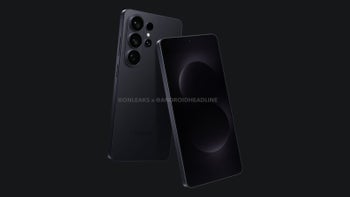
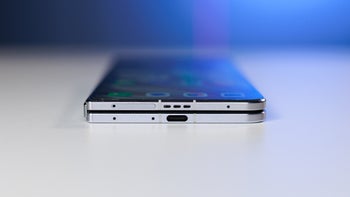
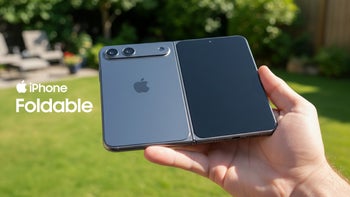
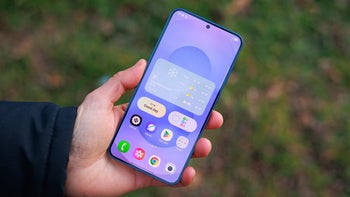
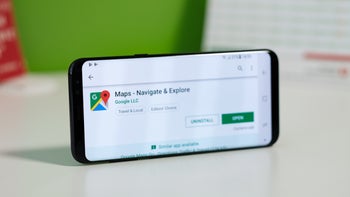
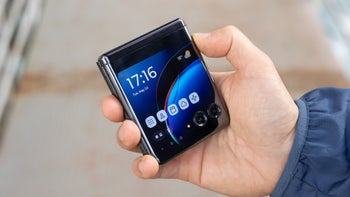
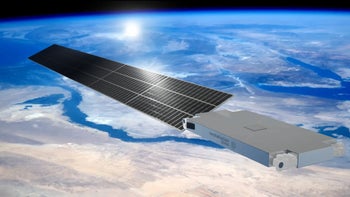
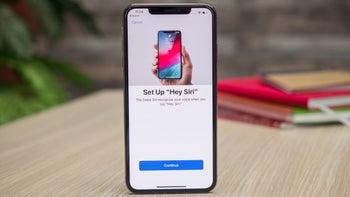
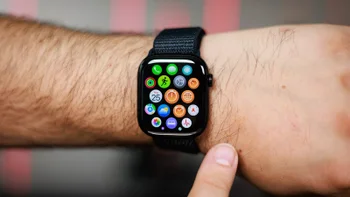
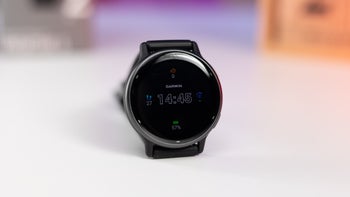
Things that are NOT allowed:
To help keep our community safe and free from spam, we apply temporary limits to newly created accounts: